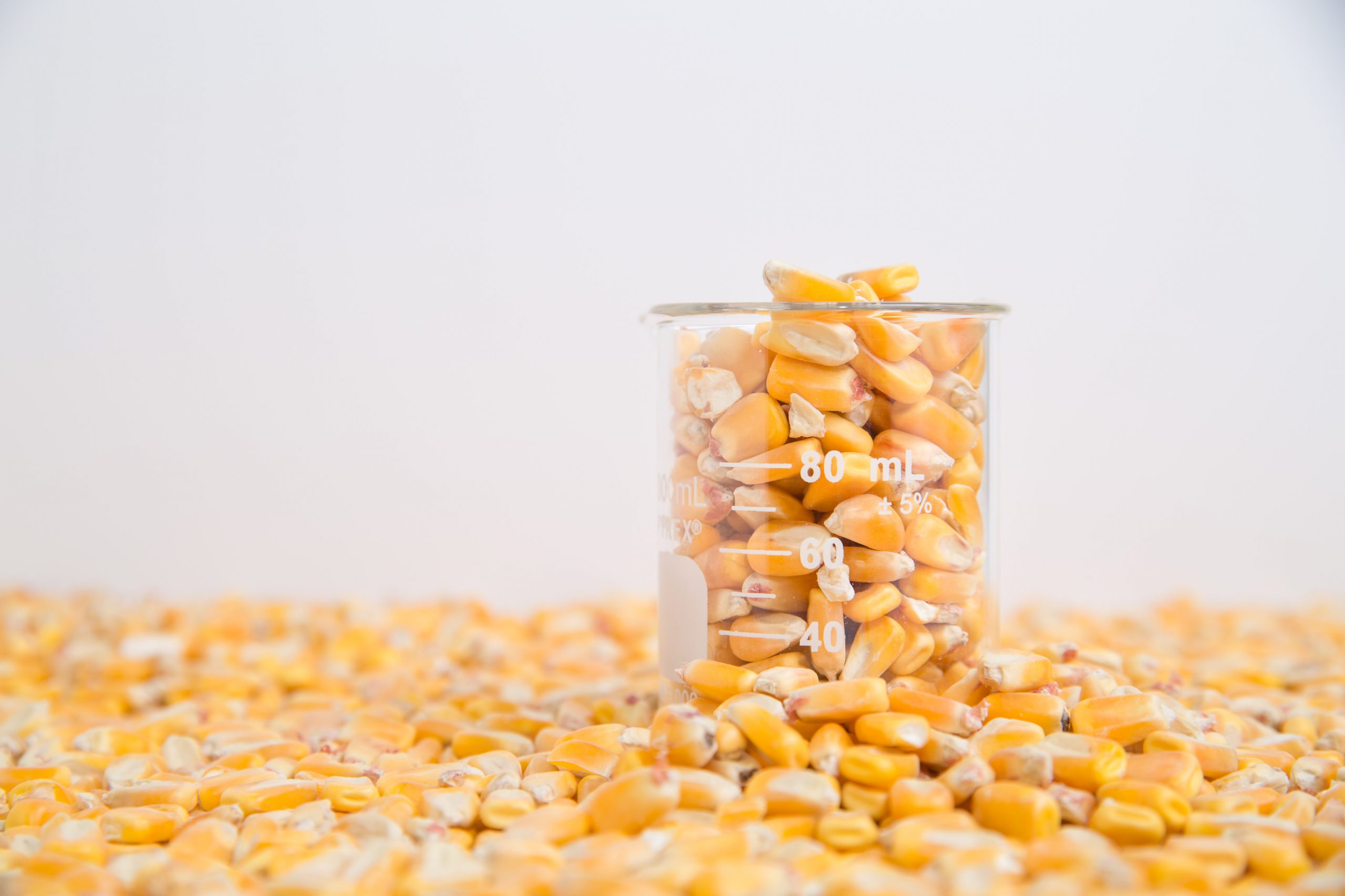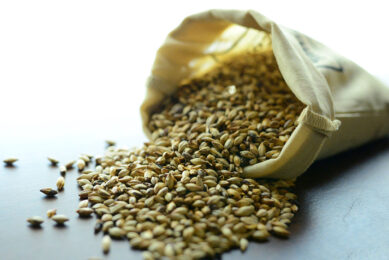2017: Mycotoxins in feed remain problem

Deoxynivalenol (DON) and fumonisins (FUM) continue to top the list of most prevalent mycotoxins found across the globe.
This is concluded from more than 33,000 analyses conducted by animal nutrition company Biomin on 8,452 finished feed and raw commodity samples. These samples were sourced from 63 countries from January to June 2017.
Trends over the last 4 years
For the mixed samples, the percentage of contaminated samples in different regions in the world remains high over the last 4 years. The latest analyses show again that worldwide, deoxynivalenol (DON) and fumonisins (FUM) continue to top the list of most prevalent mycotoxins.
For Asia, we see an increase for pretty much all the tested mycotoxins. In Europe, a small drop is seen in the contamination level for Afla, Zen, T2 and Don in Q2 of 2017, compared to Q1 of 2017. For North America, the Q2 of this year is marked by a drop in Afla, Fum, OTA, T2 and Zen levels, compared to the first 3 months of the year. Fumonisin contamination was a little higher in South America in Q2, compared to Q1. No major increases in mycotoxin contamination levels were seen in South Africa. The results for all the regions as of 2013 can be seen in the interactive figure below.
Raw material samples
The most common mycotoxins found in corn (maize) samples analysed from January to June 2017 were fumonisins (90%), followed by deoxynivalenol (84%) and zearalenone (49%). “Trends in finished feed risk tend to match corn risk over time due to the prominence of corn, or maize, in animal feed,” explained Dr Timothy Jenkins, Mycotoxin Risk Management Product Manager at Biomin. He commented that, “the corn risk varies by region with fumonisins issues more common in warmer conditions whereas deoxynivalenol was more common in cooler regions.” Deoxynivalenol was the most prevalent mycotoxin in soybean samples worldwide with an incidence of 79%, followed by zearalenone (73%). T-2 toxin, aflatoxins and fumonisins were detected in 39%, 38% and 26% of samples, respectively.
“In the last year and a half, we’ve seen a marked increase in the mycotoxin contamination of South American soy and soy by-products,” stated Dr Jenkins.
The Mycotoxin Dossier on All About Feed contains all the latest articles, interactive tools of the Biomin data, interactive tool on regulations, an A-Z on mycotoxins and much more!!
Multiple mycotoxin presence
Consistent with results noted in the first quarter of 2017, more than three-quarters of samples analysed contained 2 or more mycotoxins, presenting additional risks. Certain combinations of mycotoxins are known to have synergistic effects that aggravate the negative consequences for animals. Also emerging (new) mycotoxins are a problem. These emerging mycotoxins are most commonly found in wheat (Enniatins 89%) and maize (Culmorin 67, Moniliformin 92% and Beauvericin 80%).
Franz Berthiller explains what the threats are of masked and emerging mycotoxins in this exclusive interview he did with All About Feed. Read more…
Risk levels often set higher
Biomin also uses risk levels for the different regions. The risk level expresses the percentage of samples testing positive for at least 1 mycotoxin above the threshold level in parts per billion (ppb).These levels range from low (> 12.5% contaminated samples), moderate (12.5-25%), high (25-50%), severe (50-75%) and extreme (>75%). We see that the risk levels severe and extreme are given quite often in the last 4 years, as seen in the interactive figure below.
Mitigating the risks
Dr Jenkins offered some advice on mitigating the risk associated with mycotoxins. “Avoid contaminated feed when possible, and pay attention to feed storage conditions,” he suggested. Given the widespread occurrence of mycotoxins globally, further steps may be warranted. “Despite the most strenuous efforts to prevent mycotoxins from occurring, mycotoxin contamination of feedstuffs still occurs. Proven state-of-the-art strategies that adsorb or deactivate toxins in the intestinal tract of animals offer the most reliable, safe and effective solution,” he advised.
The Biomin mycotoxin survey results provide insights on the incidence of the 6 major mycotoxins in the agricultural commodities used for livestock feed in order to identify the potential risk posed to livestock animal production. Also try the interactive tool of the Biomin survey data on All About Feed to see the results for regions and subregions.
Some highlights from the survey results Q1 and Q2.

Join 26,000+ subscribers
Subscribe to our newsletter to stay updated about all the need-to-know content in the feed sector, three times a week. Beheer
Beheer









 WP Admin
WP Admin  Bewerk bericht
Bewerk bericht